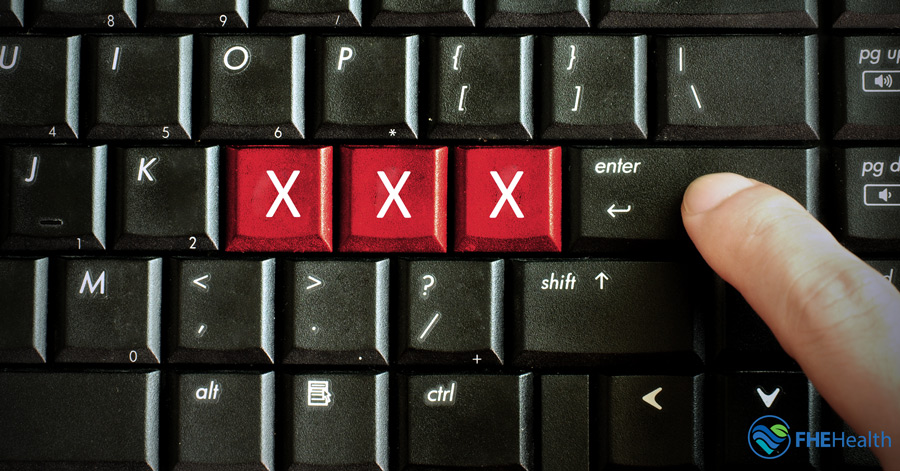
This article has been reviewed for accuracy by our peer review team which includes clinicians and medical professionals. Learn more about our peer review process.
How common is porn addiction? And how much porn is an addiction? Pornography has a long and interesting history, having changed and evolved across centuries. Porn today enjoys a lucrative mass market. Enabled by film technologies like virtual reality, it can now appeal to sexual fantasies in ways that seem almost as real as they are artificial. For many consumers, the dopamine rush can become addictive.
This article takes a closer look at how many people are addicted to porn and what porn addiction looks like, starting with a definition of pornography.
What Is Pornography?
The definition of pornography continues to be highly subjective. To some, pornography is simply pictures or videos of naked men and women doing nothing but posing. Most people, however, consider pornography to be pictures or videos of people performing implied or explicit sexual acts. Consequently, when porn addiction is generally referred to, the definition typically involves someone who spends an abnormal amount of their free time watching sexually explicit videos on the internet.







